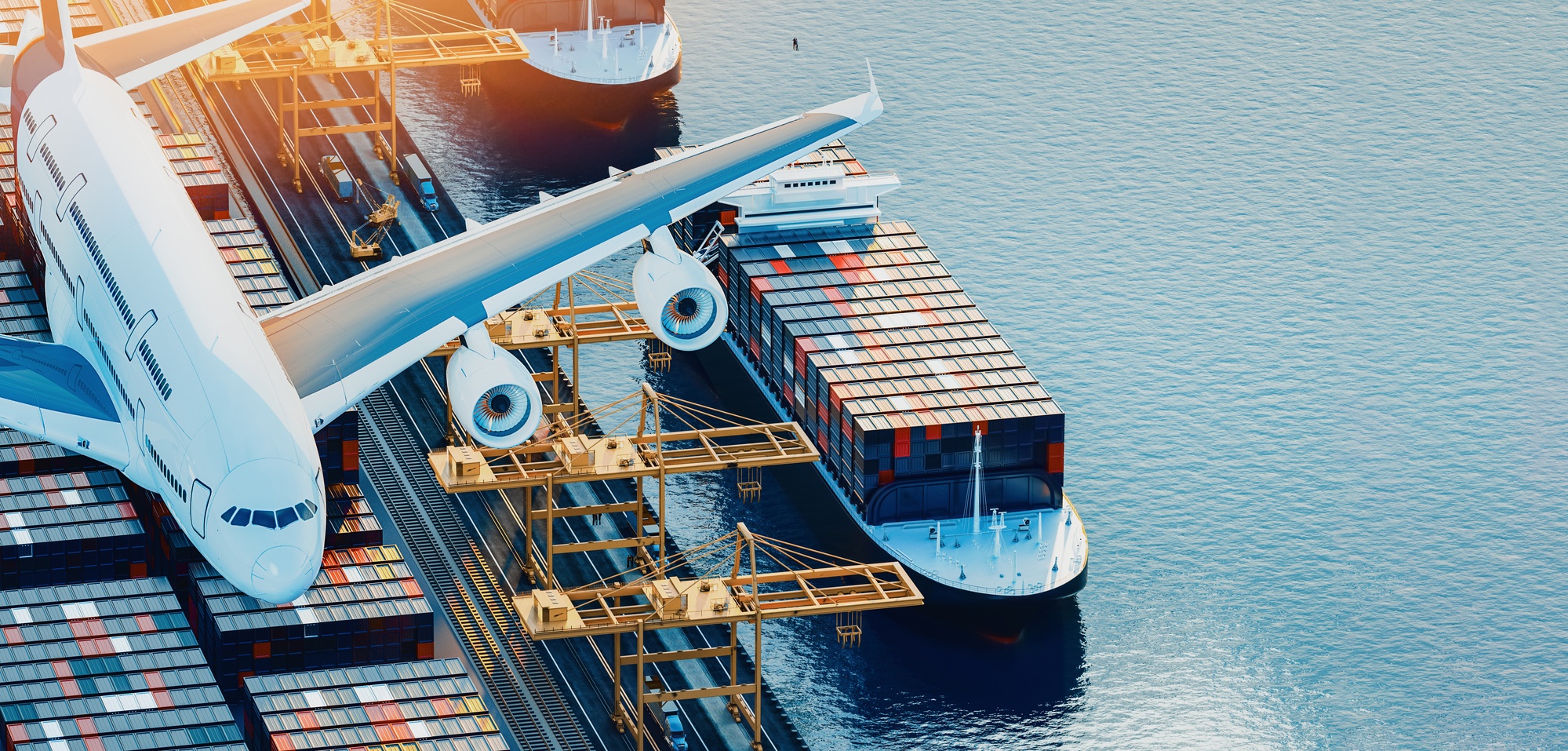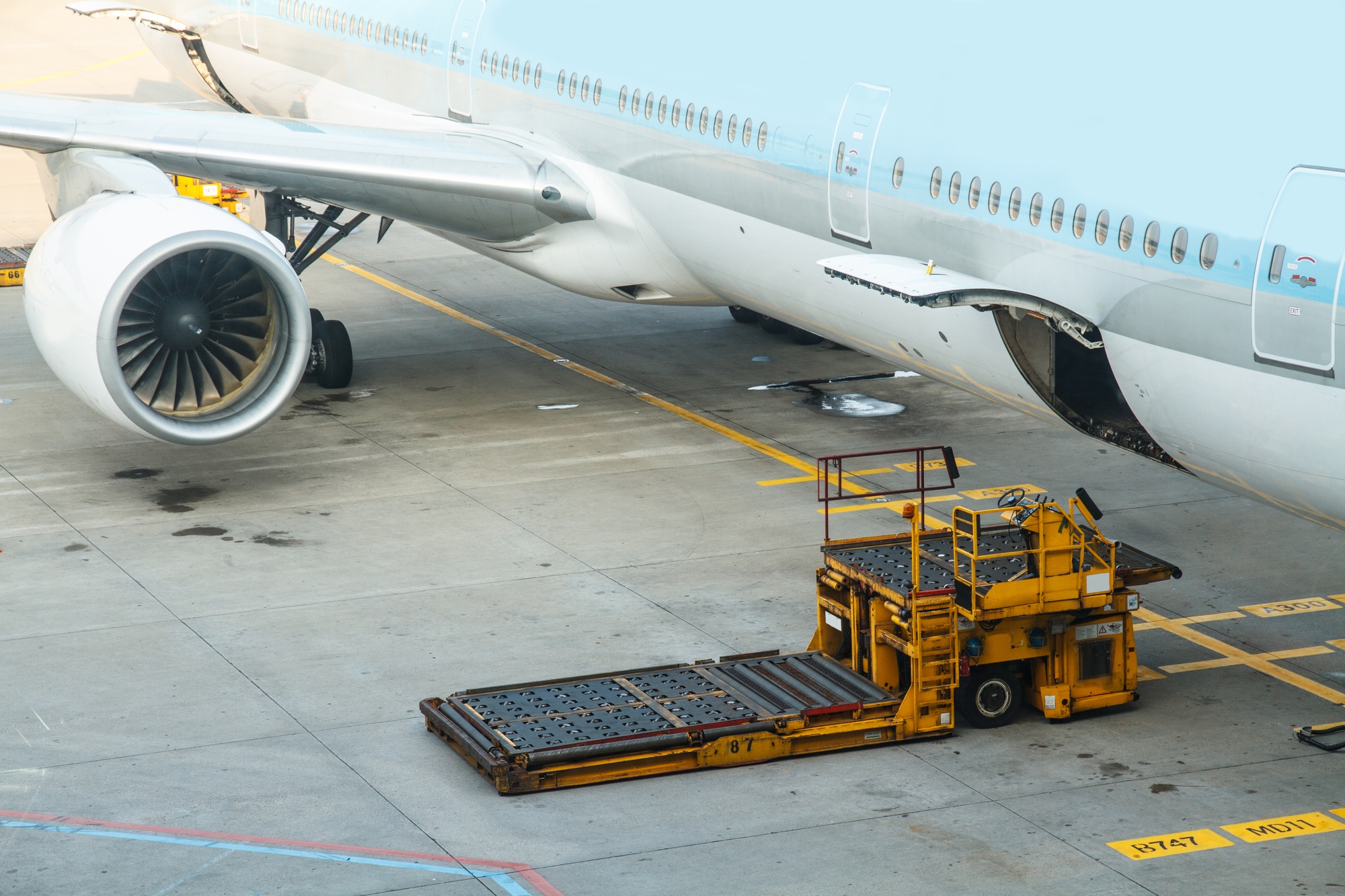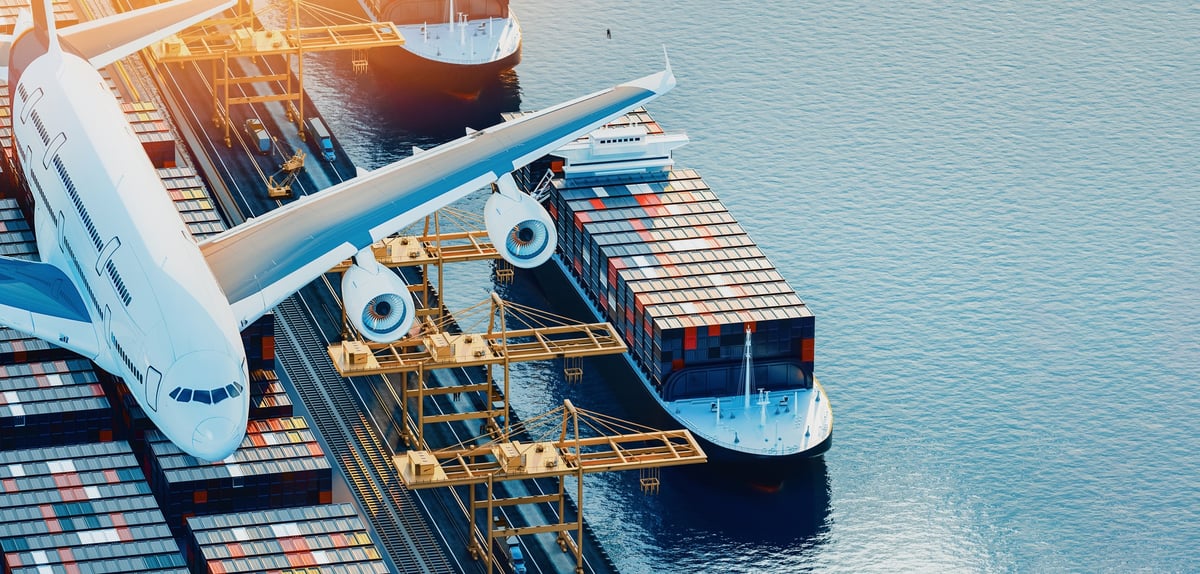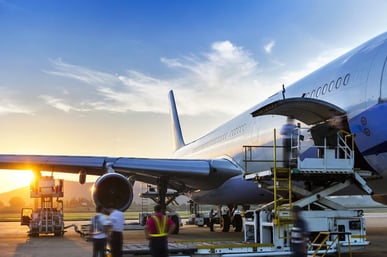
Owing largely to a period of global economic growth and overall consumption, air freight had a very profitable year in 2017.
According to an analysis done a little while ago by McKinsey and Company, air freight volumes have risen by an annual average of three percent and will continue to rise until 2025, and possibly through 2030 if conditions hold.
The findings of the report may not be new to many of you, but nonetheless, we thought it would be pertinent to summarize it for you and add a bit of our own perspective.
The rise of air cargo volumes comes as good news for air freight companies as well as for air freight forwarders who mediate business between shippers and carriers. However, a strong market doesn’t mean that problems and challenges aren’t brewing on the horizon; they are.
As carriers line up to buy freighter aircraft, and belly-hold capacity expands in line with passenger operations, air carriers will start to experience increased price pressure, at a growth rate of three percent per year. This means that profits made by the overall net gain in volume could be entirely negated due to competitive pricing.
Additionally, the air cargo industry is facing serious disruption through digitalization which will change the way the industry operates as a whole. New technologies can provide invaluable resources to an industry, but their disruptive nature can make it hard for some companies to adapt, whether it be due to cost constraints or the challenge of implementation.

Increased Pressure to go Digital
Traditional air freight forwarders are facing a rise in pressure to go digital from a number of different fronts.
- from digital forwarding companies that offer solutions for one or two different areas of the value chain
- from digital forwarders positioning themselves as being able to offer the same if not better service with higher degrees of customer satisfaction at a lower price
- carriers are beginning to build digital channels to serve their direct customers better
As other sectors of the freight industry have turned towards digitalization as a means of serving their customers, air freight has been the last holdout against disruptive technologies.
While some companies have already started down the path towards digitalization, air freight still mostly relies on a never-ending stream of phone calls and emails as the dominant channels for booking and managing freight.
Given that most systems are turning towards automation for increased efficiency, it follows that the air freight industry will also go digital. As forwarders learn to utilize new technologies, they’ll be able to reduce internal costs while improving customer experience, which in turn increases their chances of maintaining or even growing their share of the profits.

Changing Customer Expectations
“When customers do use online channels to find forwarders and to book and manage their shipments, they face many breakpoints: for example, only 60 percent of carriers and forwarders offer online registration,” according to the McKinsey and Company report.
“The share providing online quotes is even lower; it’s mostly impossible for carriers and forwarders alike. Managing shipments in transit hasn’t changed a lot either, but digital invoicing is a bit more advanced. These breakpoints explain why so many start-ups (and some investors) see huge potential in disrupting the freight-forwarding business. Many have already taken important steps along the path to digitalization,” the report added.
Many industries are already experiencing the shift in customer expectations. The modern shipper wants a better service at a more competitive price. They want to have access to any and all information regarding their shipment at a convenient and easy to access glance.
The “white-glove” treatment is about more than simply customer satisfaction. As new technologies become widely accessible to all companies and forwarders throughout the industry, it’s the extra mile given to customer service that becomes a differentiator for companies who are trying to compete in a market with extremely tight margins and even tighter competition.
Digital booking is a prime example of where air freight is woefully behind the rest of the shipping and logistics industry. For customers that don’t use electronic data interchange (EDI) booking freight online is all but impossible. Companies that have made the process easier for their customers have been gaining control of the market shares over forwarders that aren’t utilizing the new technology. This helps to highlight the growing interest in digitalization and shows a potential market for new businesses, business models, and technologies.
It doesn't start or end with digital booking in the supply chain. Air freight procurement also faces the same level of volatility and complexity as its ocean counterpart. Archaic practices and dated processes coupled with exhaustive tendering periods leads to inefficiency. This has given birth to the development of air and ocean cargo benchmark and market intelligence platforms like ours and other market indices.

A New Future for Air Freight
While the ability of new technology to improve customer interactions, as well as back-end functions, are obvious, how logistics companies choose to go about upgrading is decidedly less clear.
Is it better to build or buy a marketplace or partner with an emerging one? Additionally, getting lost in the disruption is also a risk, companies will have to consider as they can lose the individual facets that differentiate them from their competitors.
Emphasizing the areas in which a company already excels is a great differentiator from the competition. By complimenting that strength with digital freight technologies, logistics companies will have a better chance of standing out.
In either event, the freight market is changing, and air freight is beginning to feel the effects. For forwarders, staying ahead of the curve is crucial, especially amidst the wave of start-ups and tech companies who are ready to innovate and change the playing field.
However, in many cases I'd argue that freight forwarding for any mode of transport can't go fully digital without any physical footprint. It's not possible to offer the same level of service otherwise. We must not forget that legacy players have been in the game for a significant amount of time. They are in a strong position to fully “pivot” and adopt the latest innovations with the capital to spend on resources for development, implementation and training.
Nonetheless, we are in good company with tech startups who are changing the game and who bring a fresh look into the industry. More competition and innovation needs to continue to happen in the market.


-1.jpg)



